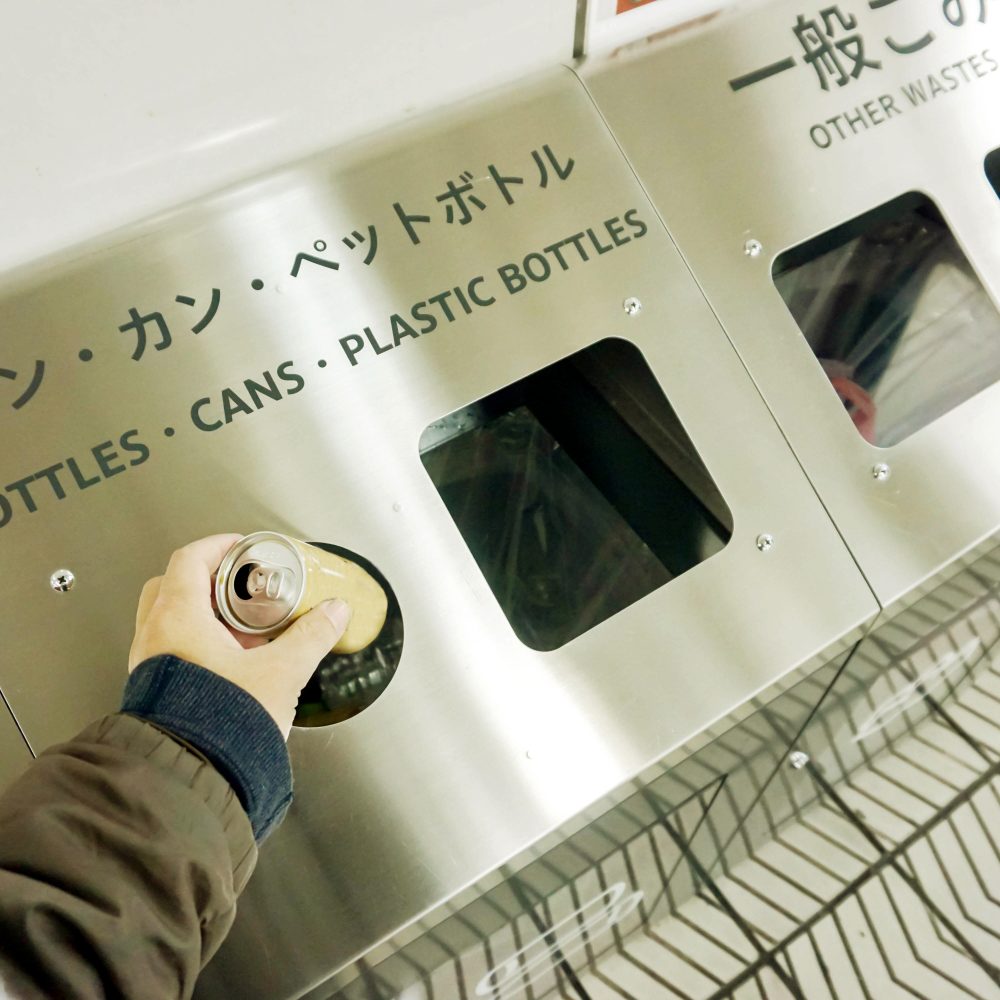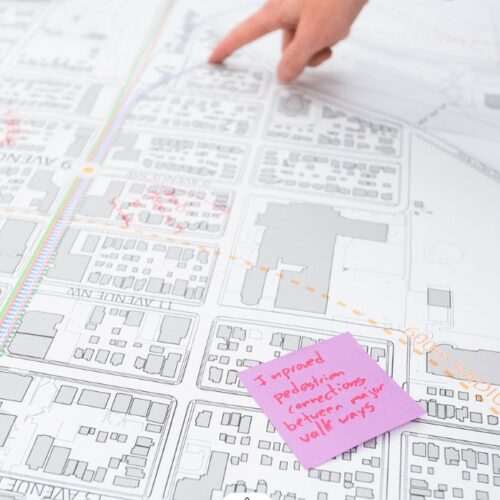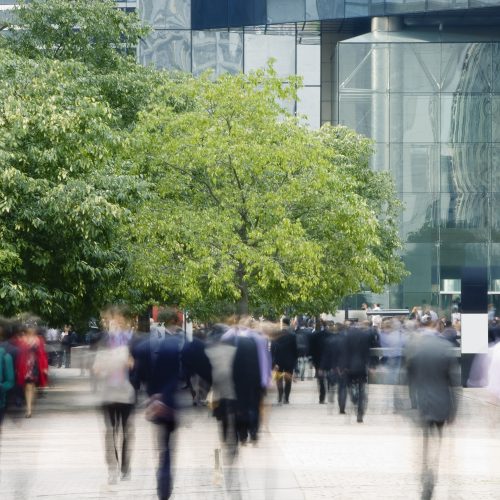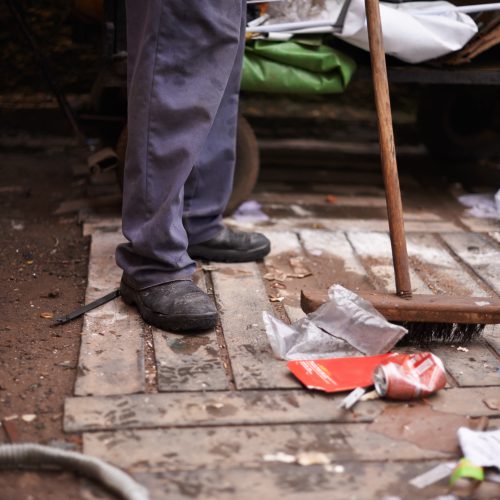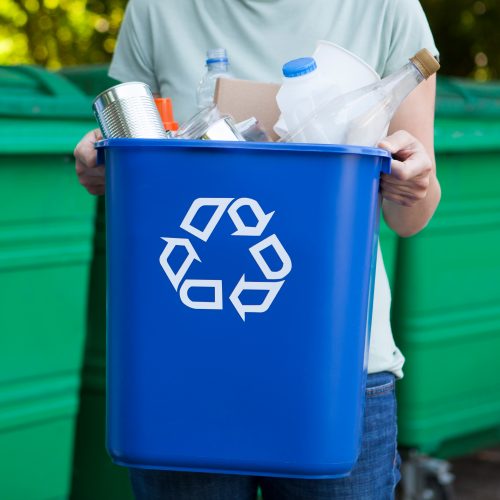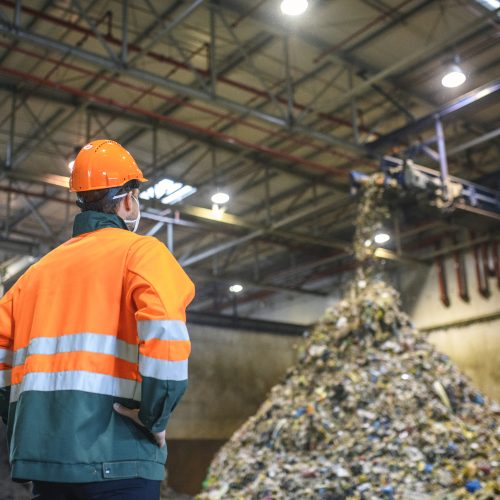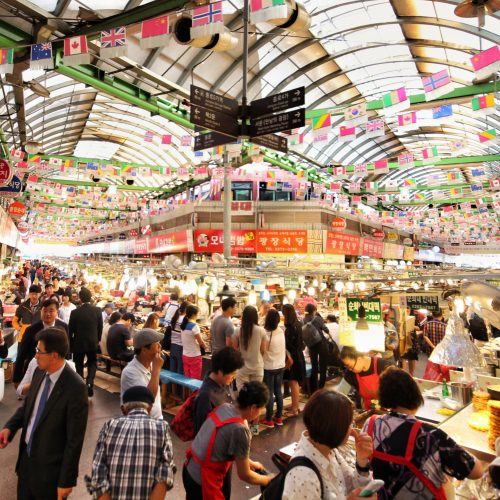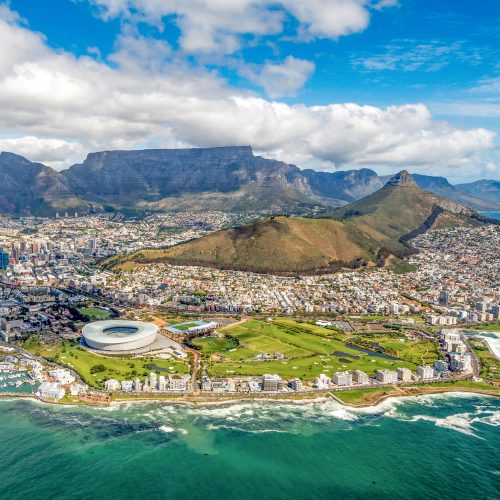Context and policy overview
In the late 1990s, Yokohama faced a significant challenge, with waste generation exceeding the city’s waste treatment capacity. In response, it proposed a long-term plan in January 2003 called the Yokohama G30 Plan, which aimed to facilitate recycling and curb waste production. Specifically, the plan sought to reduce waste by 30 per cent by 2010, relative to a baseline of 1.6 million tonnes of waste in 2001.[1]
Building on the success of this plan, a subsequent project was developed in 2010. The 3R Dream Plan aimed to “reduce garbage while continuing the separation and recycling of garbage, to deal with global warming and to reduce CO2 emissions; [and] to realise [a] comfortable and liveable city where garbage is controlled by pursuing safe, secure, and stable garbage processing”.[2]
The Yokohama 3R Dream Plan also demonstrated how manufacturers can produce items using recycled and recyclable materials and encourages the sale of eco-products and services to help avoid and reduce the import, use and waste of resources. It supported participation by residents through briefings, and through campaigns at the many waste collection points and train stations.[3]
Implementation
The G30 plan gave residents considerable responsibility for separating waste at source and bringing it to designated collection points. The city expanded the system to require separation into 10 different categories of waste, each to be placed in clear plastic bags for easy identification by waste operatives.[4] The new plan was supported by extensive education campaigns to raise public awareness of waste management. The campaign included more than 1,000 seminars for residents on waste reduction and segregation, along with numerous events at railway stations and local waste collection sites. Citizen volunteers – so-called “garbage guardians” – were appointed to promote sorting measures.[5]
The 3R Dream Plan promoted better waste management by ensuring secure and efficient processing and disposal of waste. It also sought to encourage collaboration between government agencies, businesses and residents in order to achieve Yokohama’s vision of becoming a sustainable city. For instance, the city worked with producers to design products that create less waste and to implement “take back” schemes for the refurbishment or recycling of products that have reached the end of their lifecycle.[6]
Barriers and critical success factors
The scheme aimed to reduce waste while supporting the city’s economic development. Its success was heavily influenced by the participatory environment created between government, industry, businesses and consumers.[7]
The involvement of residents and companies was critical in Yokohama for the establishment of effective waste management, even without the deployment of new technology or investment. Education also played an important role, ensuring that residents became involved in waste management activities.
Results and lessons learned
Yokohama achieved the following outcomes through its implementation of the G30 plan and the 3R Dream Plan:
- Yokohama saved approximately €900 million in capital expenditure by avoiding the construction of two new incineration plants, and €25 million in avoided operational expenditure. The new system of recycling was expected to cost approximately €20 million a year, resulting in significant savings for the city.[8]
- By 2015, Yokohama had reduced waste by 45 per cent from a peak of 1.61 million tonnes in 2001, achieving this success while the city’s population grew by 170,000 people over the same period. Another marker of success is that by 2005, the G30 plan had already reduced waste by 30 per cent, reaching its target five years ahead of schedule.
- The city experienced a significant reduction in GHG emissions from waste disposal. Between 2003 and 2013, waste-related emissions fell by 10 per cent, which equates to more than 29,000 tonnes of CO2 saved per year.
- The 3R Dream Plan set a target of reducing waste-related GHG emissions by 59 per cent by 2025 relative to a 2009 baseline.
- Yokohama aims to cut more than 141,000 tonnes of CO2 emissions by 2025 relative to the level in 2009.[9]
In terms of lessons learned, the experience of Yokohama is appealing because it did not require large investment or new technologies to reduce waste. In fact, the efforts produced new business opportunities in the recycling industry. The Yokohama example also shows that the involvement of residents and companies is critical for effective waste management.
As landfill capacities fall and environmental regulations tighten, many cities are aiming to reduce and avoid waste. The experience in Yokohama thus reminds policymakers of the importance of engaging businesses and communities in the increasing drive towards a circular economy.








